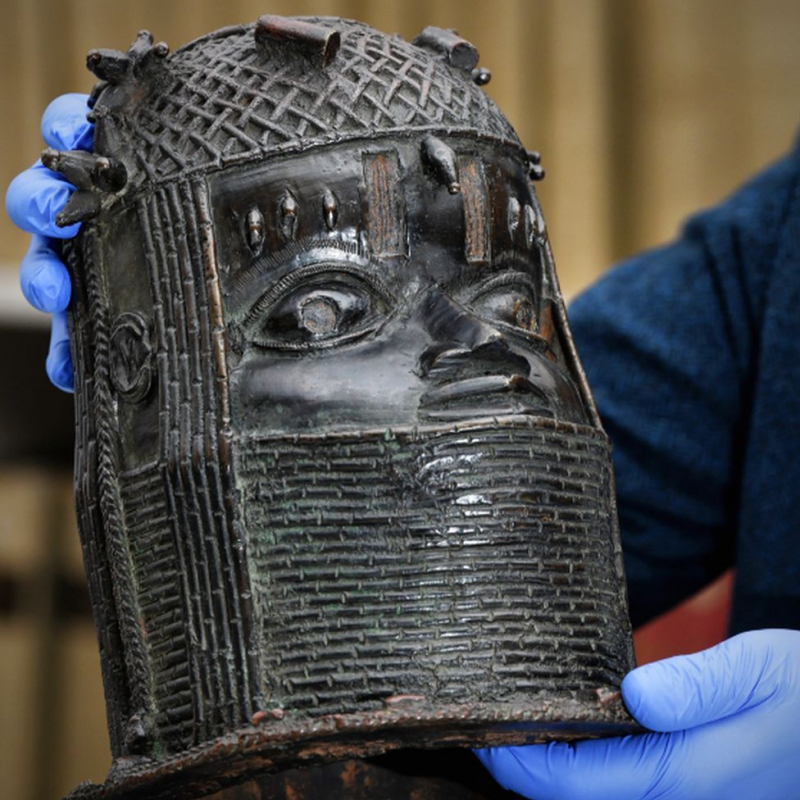The Arts
Literature: Nigeria has a long and illustrious literary history. Nigerians have always been storytellers. Much of Nigeria's precolonial history is the result of stories passed down from generation to generation. Nigerian storytellers quickly began sharing their talents with a global audience after colonization and the introduction of reading, writing, and the English language. Wole Soyinka, who won the Nobel Prize in literature in 1986, is perhaps Nigeria's most famous writer. A Dance of the Forests, The Swamp Dwellers, and The Lion and the Jewel are among his most famous works.
Graphic Arts: Nigeria is well-known for its sculpture. Bronzework from the ancient cities of Ife and Benin can be found in museums worldwide. These areas in southern Nigeria continue to produce a significant amount of bronze castings. Popular items include woodcarvings and terra-cotta sculptures. Nigerians are highly skilled dyers, weavers, and tailors. They produce enormous amounts of beautiful, rich, and colorful textiles. However, the vast majority of these are sold for everyday wear rather than as works of art.
Performance Arts: Dance and music are two of Nigeria's most vibrant forms of art. Nigerian music is based on strong rhythms provided by a plethora of drums and percussion instruments. Highlife music is heavily influenced by Western culture. It sounds like an Africanized version of big band or ballroom music from the United States. Afro-beat is a music genre that combines African rhythms and melodies with jazz and soul. The name palm wine music comes from the palm wine saloons where it is traditionally heard. Its frantic rhythms reflect the boisterous nature of many palm wine bars. Perhaps Nigeria's most popular form of music is juju, which uses traditional drums and percussion instruments to back up vocals and complicated guitar work. Popular juju artists include King Sunny Ade, Ebenezer Obey, and Shina Peters.








